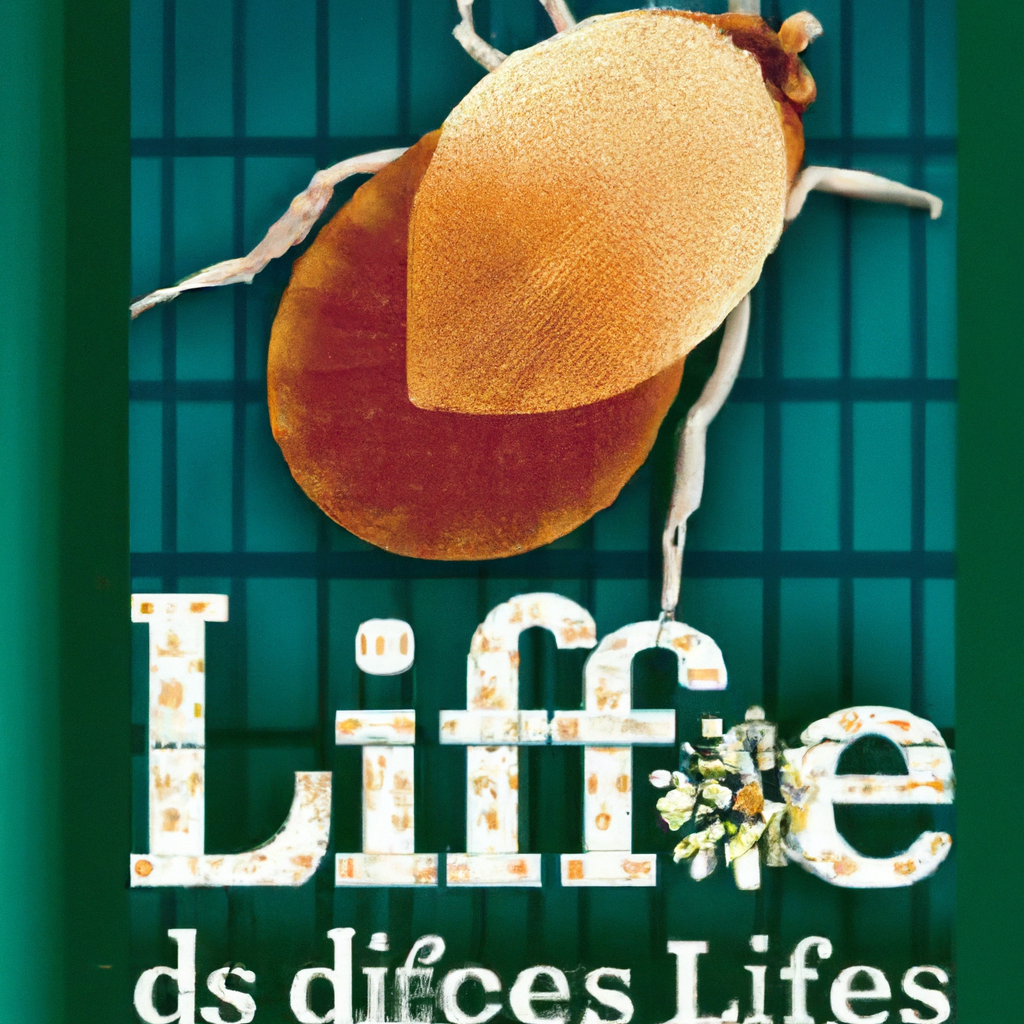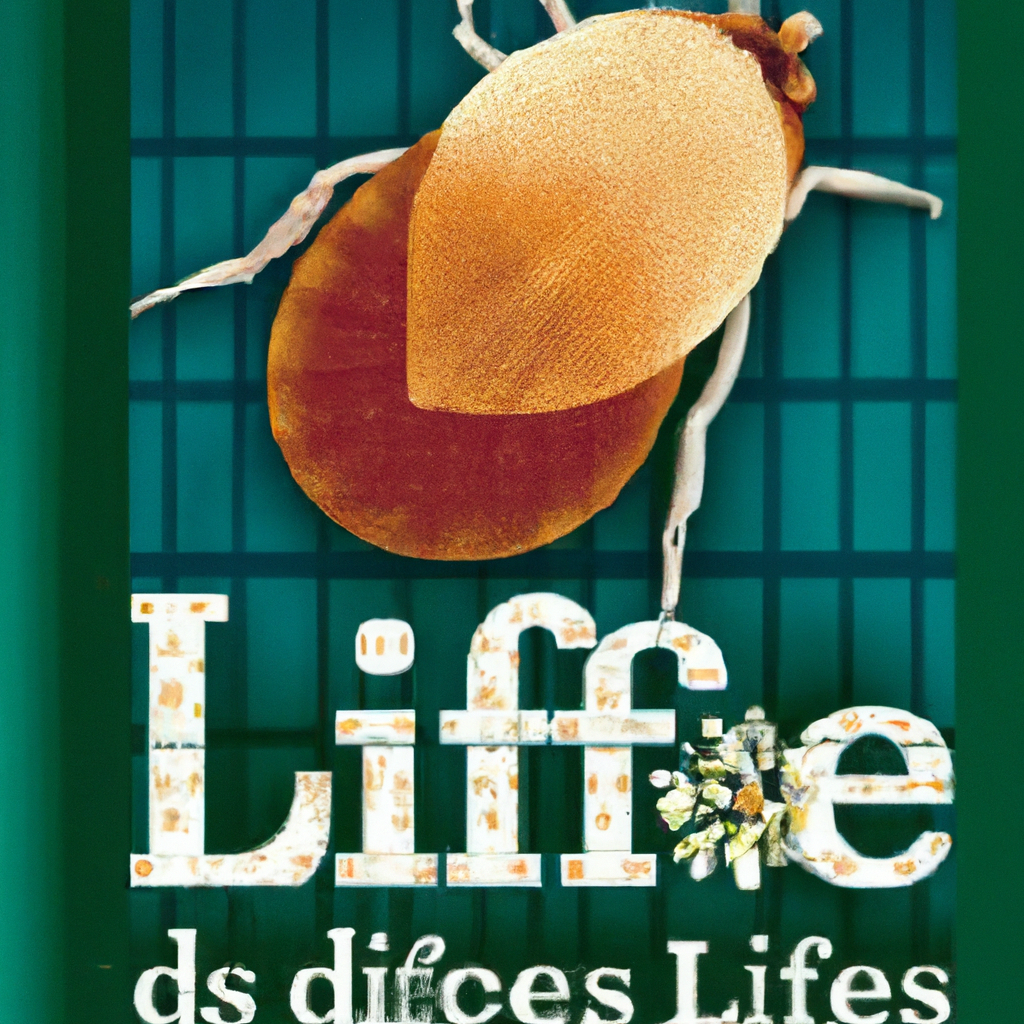Flies, those tiny creatures that irksomely invade our personal space, have always piqued our curiosity. Have you ever wondered what secrets lie within their buzzing wings? It turns out, the world of flies is far more intriguing than meets the eye. From their extraordinary ability to navigate with precision to their vital role in pollination and decomposition, flies play an essential role in maintaining the delicate balance of our ecosystem. Join us as we uncover the fascinating secrets of the secret life of flies, and discover just how much these seemingly insignificant creatures contribute to the world around us.
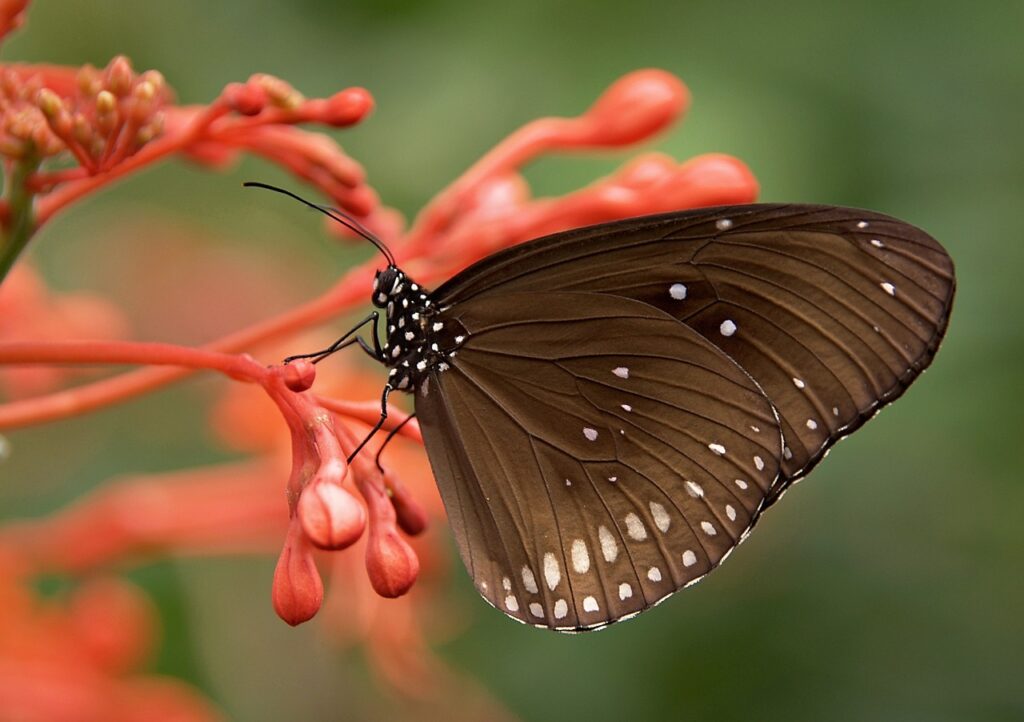
Life Cycle of Flies
Egg Stage
The life cycle of a fly begins with the egg stage. Female flies commonly lay their eggs in moist and decaying organic matter, such as garbage, compost, or animal waste. These eggs are incredibly small and often go unnoticed by humans. Once the eggs are laid, they hatch within a short period, typically ranging from a few hours to a few days, depending on the environmental conditions.
Larval Stage
After hatching from the eggs, the flies enter the larval stage. These larvae, commonly known as maggots, are notorious for their appearance and association with unhygienic environments. Maggots feed voraciously on the organic matter surrounding them, aiding in the process of decomposition. They grow rapidly during this stage, shedding their exoskeletons multiple times to accommodate their increasing size.
Pupal Stage
Once the larvae have reached their maximum size, they enter the pupal stage. During this phase, flies undergo a significant transformation within a protective casing known as a pupa. Inside the pupa, the fly undergoes metamorphosis, where its body undergoes remarkable changes, including the development of legs, wings, and other necessary features for its adult stage. The duration of this stage can vary depending on environmental factors but generally ranges from a few days to a few weeks.
Adult Stage
Finally, the fly emerges from the pupal casing as a fully developed adult. At this stage, the fly is ready to fulfill its ecological role and become a part of its surrounding ecosystem. Adult flies are equipped with wings for flight, compound eyes for visual perception, and unique mouthparts designed for feeding. They have a relatively short lifespan, ranging from a few days to a few weeks, during which they engage in feeding, reproduction, and other essential activities.
Behaviour and Characteristics
Feeding Habits
Flies are primarily known for their feeding habits, which play a crucial role in their survival and ecological impact. As adults, flies feed on a wide range of food sources, including nectar, fruits, plant sap, and even decaying organic matter. Some species of flies are also known to feed on blood, making them potential carriers of diseases. Overall, their feeding habits contribute to pollination, decomposition, and the natural balance of ecosystems.
Reproduction
Flies have a reputation for their rapid reproduction rates. Female flies are known for their ability to lay hundreds of eggs in their relatively short lifespan. The reproductive process begins with courtship, where males employ various behaviors to attract females. Once a female is receptive, mating occurs, leading to the fertilization of eggs. The eggs are then laid in suitable environments for the next generation to develop, starting the life cycle anew.
Sense Organs
Flies possess unique sense organs that aid them in navigating their surroundings and locating food sources. Their compound eyes provide them with a wide field of view, enabling them to detect movements and changes in their environment. They also have specialized mouthparts called proboscises, which allow them to suck up liquids or feed on solid substances by regurgitating digestive enzymes. Additionally, flies have hair-like structures on their bodies known as sensilla, which play a role in tactile and olfactory sensation.
Flight Patterns
Flies are adept at flying, and their flight patterns can be intriguing to observe. They are capable of quick and agile movements, hovering in place, and even flying backward. Flies’ wings beat at a rapid rate, enabling them to generate lift and maneuver through the air. Their flight patterns are highly adaptive, allowing them to explore different environments, find food sources, and evade predators.
Ecological Role of Flies
Pollination
While flies may not be as commonly associated with pollination as bees or butterflies, they do play a significant role in this ecological process. Some species of flies are effective pollinators, particularly of plants that have evolved to attract them. These plants often produce foul-smelling flowers or mimic decaying organic matter to attract flies, which then inadvertently transfer pollen from one flower to another as they feed.
Decomposition
Flies are crucial contributors to the process of decomposition. Their larvae, or maggots, feed voraciously on decaying organic matter, accelerating the breakdown of dead animals, plants, and waste materials. This helps in recycling nutrients back into the ecosystem, facilitating the release of essential elements for the growth of new life. Without flies and their decomposition activities, ecosystems would struggle to maintain their delicate balance.
Preying on Other Insects
Despite their slightly unappealing reputation, flies do serve a beneficial ecological purpose by preying on other insects. Some species of flies are predatory, targeting smaller insects as a source of food. This predation helps regulate pest populations, preventing outbreaks that can harm crops or other organisms. Flies contribute to the natural control of insect populations, promoting biodiversity and overall ecosystem health.
The Fly’s Impact on Human Health
Disease Transmission
Flies have long been known as carriers of diseases, posing a potential threat to human health. As flies feed on various materials, including decaying organic matter, they come into contact with bacteria, viruses, and other harmful microorganisms. These pathogens can adhere to the fly’s body or be present in their digestive system. When flies subsequently land on surfaces or food, they can transfer these disease-causing agents, potentially leading to infections.
Food Contamination
The presence of flies in kitchens, restaurants, and other food preparation areas poses a significant risk of food contamination. Flies can contaminate food and food surfaces with bacteria, fecal matter, and other contaminants they carry on their body or through regurgitation. This contamination can result in foodborne illnesses, causing gastrointestinal problems and other health issues. Maintaining proper hygiene and implementing effective pest control measures are essential to prevent such contamination.

Flies in Popular Culture
Symbolism in Literature
Flies often make appearances in literature, carrying various symbolic meanings depending on the context. In some literary works, flies may symbolize decay, mortality, or the ephemeral nature of life. They are sometimes used metaphorically to represent nuisance or the presence of evil. On the other hand, flies can also be depicted as symbols of resilience or adaptability in the face of adverse circumstances. Their presence in literature highlights the diverse interpretations and associations humans have with these insects.
Representations in Art and Media
Flies have found their way into various forms of art and media, capturing both their physical attributes and symbolic significance. In paintings and drawings, flies can be portrayed as realistic representations or stylized for artistic effect. They may be depicted as elements of still life, adding a touch of realism to the artwork, or used symbolically to convey specific themes or emotions. Flies can also be featured in movies, documentaries, and photography, providing visual intrigue or contributing to the narrative.
Unconventional Facts about Flies
Varieties of Flies
Flies encompass a diverse group of insects, with over 150,000 known species worldwide. These species exhibit a wide range of sizes, colors, and physical characteristics. While many people are familiar with common house flies, numerous other fly species exist, including fruit flies, hoverflies, horse flies, and botflies, each with its own unique adaptations and ecological niches.
Fly Vision
Flies possess complex compound eyes that grant them impressive visual capabilities. These compound eyes are composed of multiple tiny lenses that provide panoramic vision. Unlike humans, flies can perceive movement at an incredibly rapid rate due to their high flicker fusion frequency. This allows them to react quickly to changing environments and potential threats.
Ability to Walk Upside Down
One of the remarkable abilities of flies is their capability to walk on surfaces, including ceilings, upside down. This feat is enabled by specialized adhesive pads on their legs, which allow them to stick and maneuver on even the smoothest of surfaces. This adaptation grants flies access to areas that are inaccessible to many other organisms, facilitating their search for food and suitable breeding sites.
Rapid Reproduction
Among the impressive qualities of flies is their remarkable ability to reproduce at an astonishing rate. With adequate conditions, flies can lay hundreds of eggs, quickly replenishing their population. This rapid rate of reproduction allows flies to adapt to various environments and colonize new areas efficiently. It also contributes to their ecological role as decomposers and pollinators.
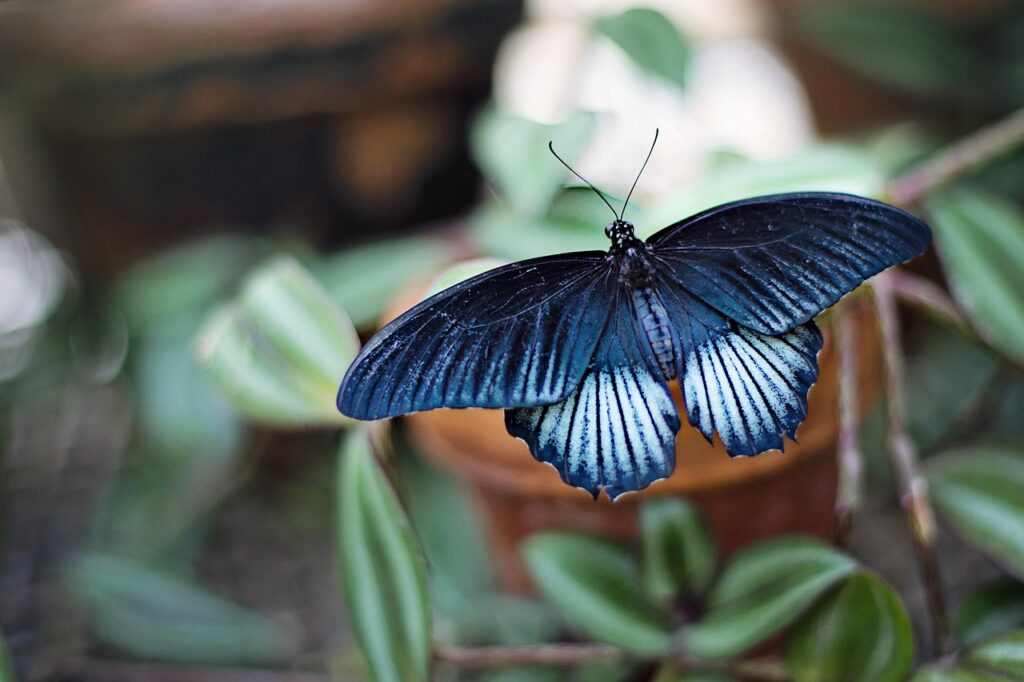
Controlling and Managing Fly Populations
Hygienic Practices
Practicing good hygiene is crucial in preventing fly infestations and managing their populations. Proper waste disposal, regular cleaning of garbage cans, and maintaining clean food preparation areas can significantly diminish the breeding sites and food sources that attract flies. Ensuring that doors and windows have properly fitted screens can also help prevent flies from entering living and working spaces.
Biological Control Methods
Biological control methods involve using natural predators or pathogens to regulate fly populations. Introducing predatory insects, such as parasitic wasps or certain species of beetles, can be an effective means of controlling fly larvae. Bacteria and fungi that specifically target fly larvae have also been utilized in biological control programs. These methods provide a more environmentally friendly alternative to chemical control measures.
Chemical Control Methods
When necessary, chemical control methods can be employed to manage fly populations. Insecticides specifically formulated for flies can be applied in targeted areas, such as garbage dumps or livestock facilities, to reduce fly breeding and resting sites. It is crucial to use these chemicals responsibly, following recommended dosages and application techniques to minimize their impact on non-target organisms and the environment.
Flies as Research Subjects
Genetic Studies
Flies, particularly the common fruit fly (Drosophila melanogaster), have played a significant role in genetic research due to their short lifespan, fast reproductive cycle, and relatively simple genetic makeup. These attributes make flies ideal models for studying various genetic phenomena, including inheritance, mutations, and gene expression. The knowledge gained from studying flies has provided valuable insights into human genetics and development.
Behavioral Experiments
Flies’ relatively simple nervous system and observable behaviors make them ideal subjects for studying animal behavior. Researchers can manipulate various environmental stimuli to investigate how flies respond, adapt, and learn. This research has led to a greater understanding of sensory perception, learning, memory, and decision-making processes in insects and other organisms.
Medical Research
Surprisingly, flies have also contributed to medical research. Due to the similarities between flies and humans in some fundamental biological processes, studies using flies have helped researchers gain insights into various human diseases and conditions. Flies have been instrumental in studying neurological disorders, such as Alzheimer’s and Parkinson’s diseases, as well as immune system responses and cancer progression. Their utilization in medical research continues to provide valuable data for understanding human physiology and developing potential treatments.
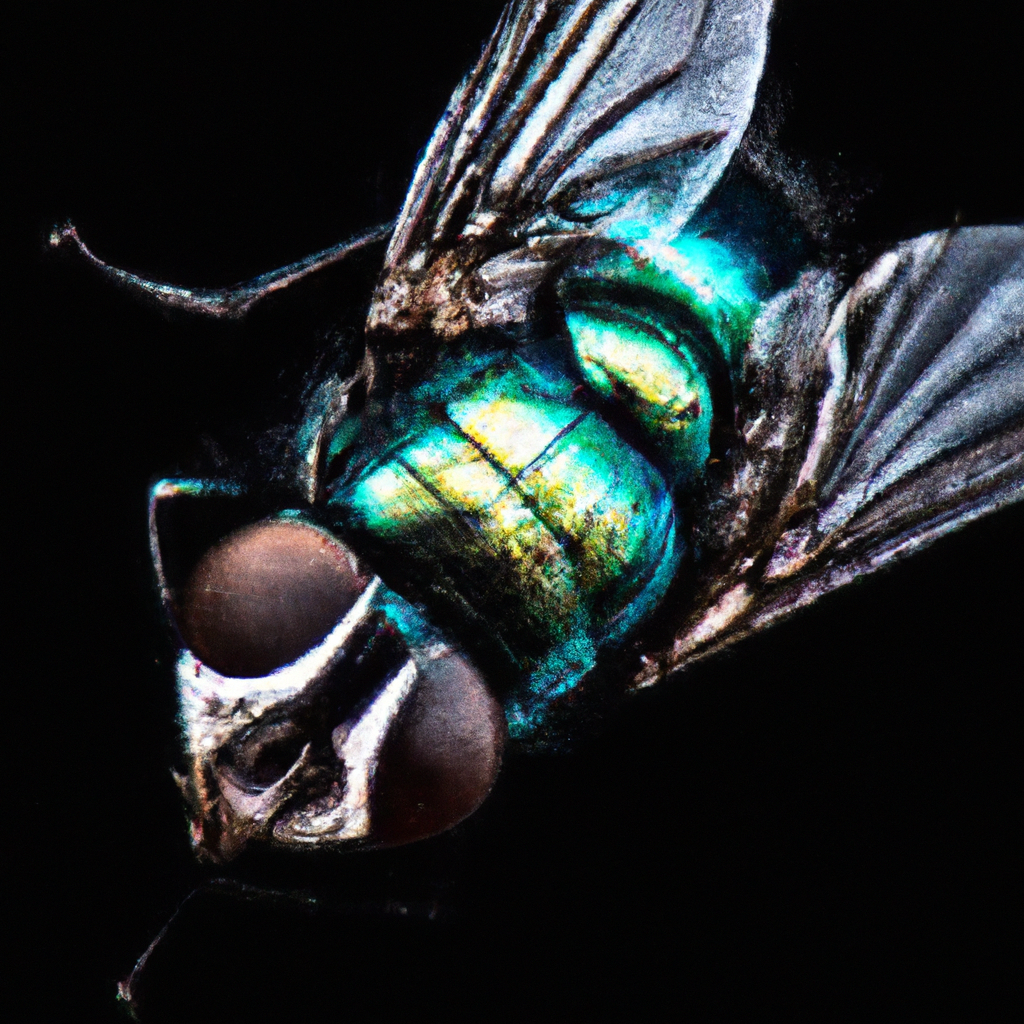
Fly-Inspired Innovations
Drone Technology
Flies’ exceptional flying abilities have inspired the development of drone technology. Researchers have studied fly flight mechanics and adapted them to design flying robots capable of performing tasks in various fields, such as aerial surveillance, search and rescue operations, and even package delivery. By mimicking the flight patterns and wing structures of flies, drones can navigate challenging environments and perform maneuvers with increased agility and efficiency.
Nano-Engineering
Flies’ intricate compound eyes have inspired advancements in nano-engineering and optics. Scientists have analyzed the structure of fly eyes to develop miniaturized cameras and optical systems capable of capturing a wide field of view. This technology has numerous applications, including medical imaging, surveillance, and industrial inspections, where compact and versatile optical devices are required.
Waste Management Systems
Flies’ role in decomposition has inspired innovative waste management systems. By harnessing the natural decomposition capabilities of flies and their larvae, researchers have developed techniques such as fly farms and bioconversion systems. These systems utilize flies to process organic waste materials, converting them into valuable resources such as fertilizer or animal feed, thereby promoting sustainable waste management practices.
Conclusion
Flies may often be regarded as nuisances or unappealing insects, but they possess remarkable characteristics and important ecological roles. Their life cycle, feeding habits, and unique adaptations contribute to the delicate balance of ecosystems. However, flies can also pose threats to human health, requiring attention to hygiene and effective pest control measures. Despite their small size, flies have found a place in popular culture, carrying various symbolic meanings and appearing in art, literature, and media. Unconventional facts about flies, such as their varieties, vision, and rapid reproduction, illustrate their fascinating nature. From their contribution to scientific research to inspiring innovations in technology, flies continue to reveal their significant impact on the world around us.
